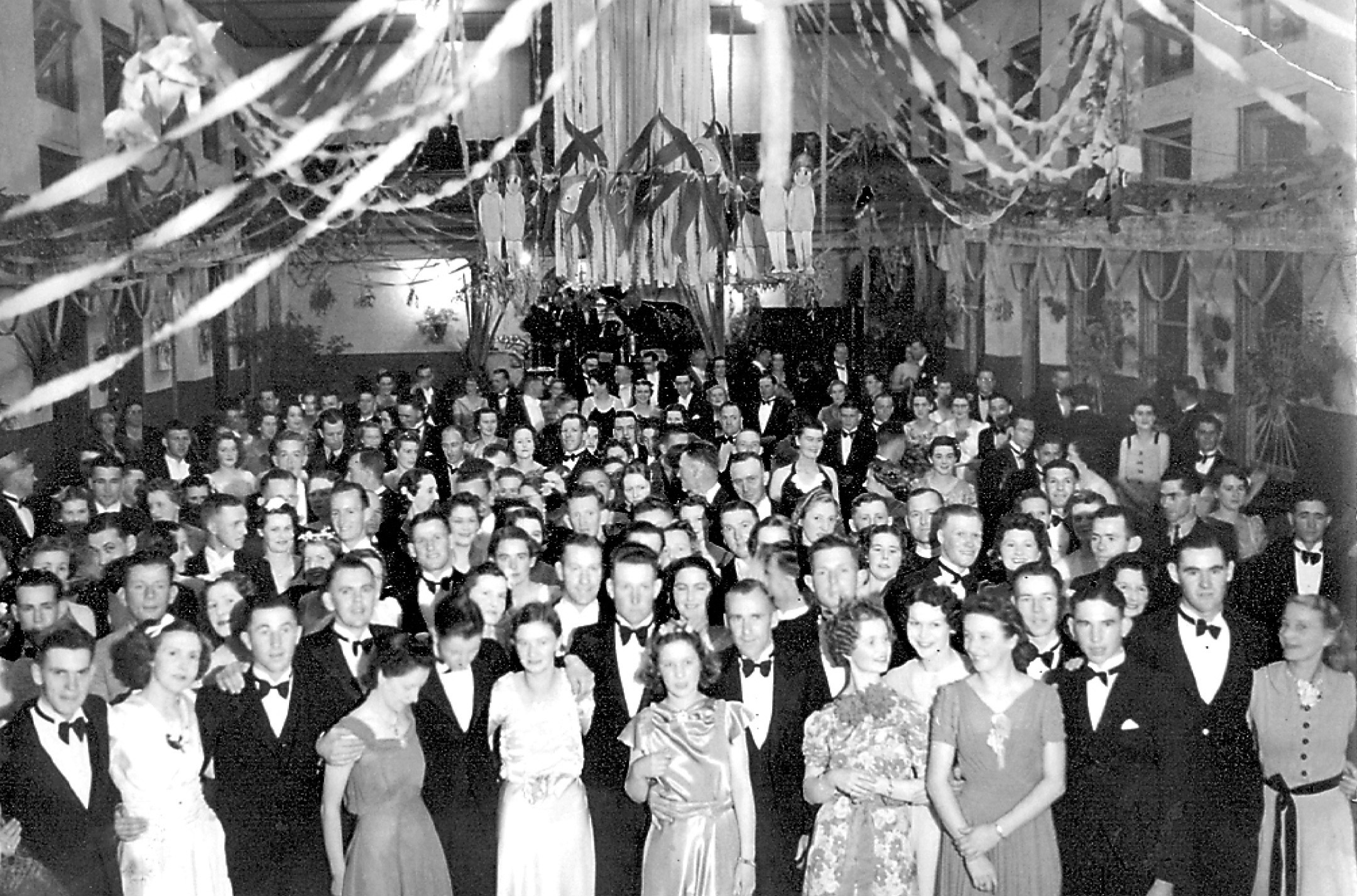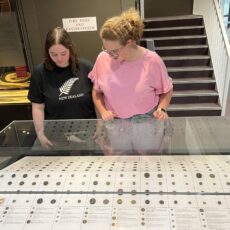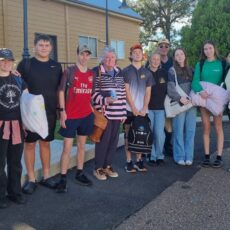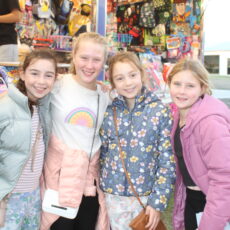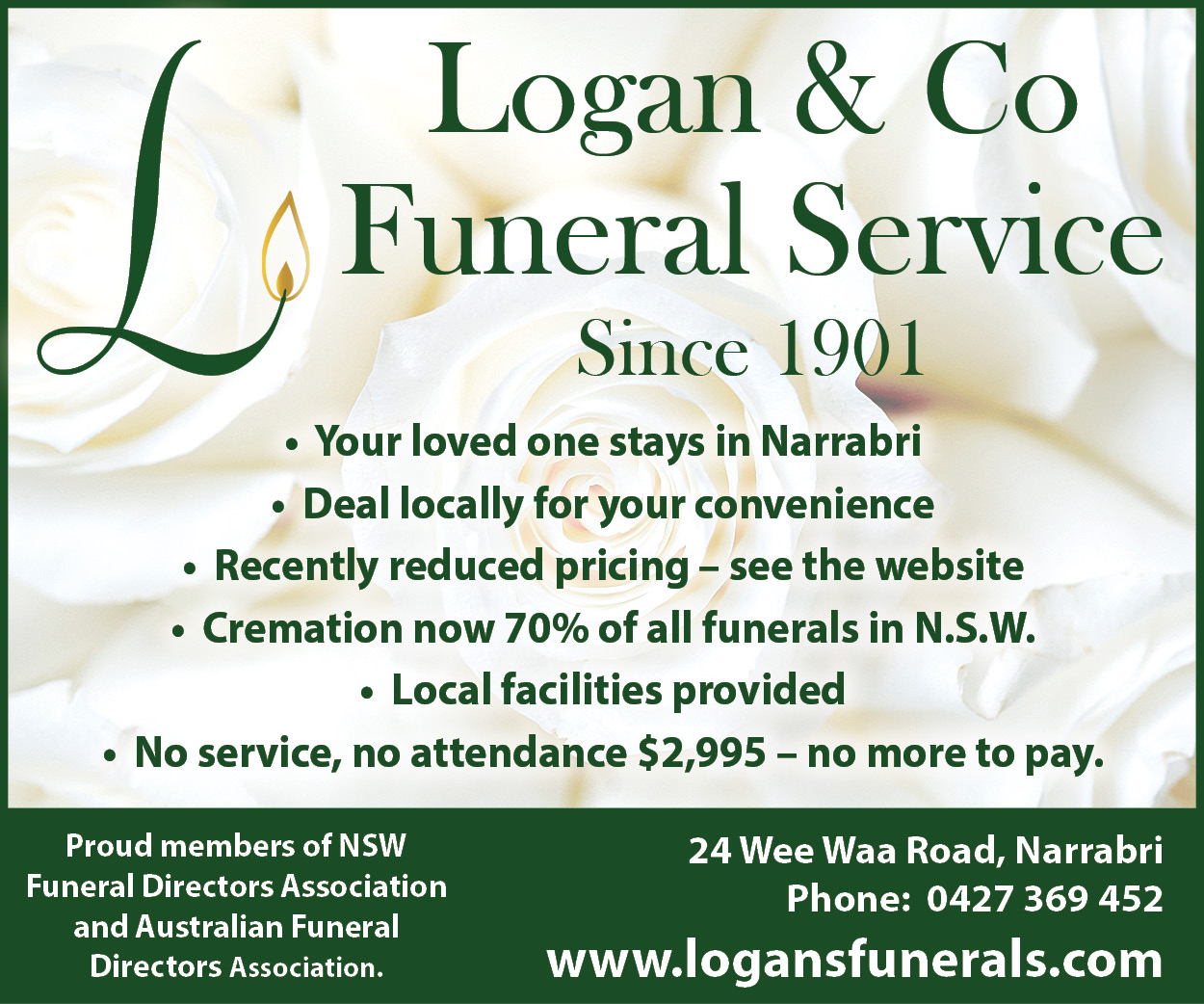This article was written by Gordon Doyle and was published in The Courier‘s publication Your Local Paper – 125 Years On, published in October 1998, which was celebrating 125 years of newspaper publishing in Narrabri.
Ballroom dancing was very popular in Narrabri during the 30s and 40s but started to wane during the late 50s.
Numerous organisations held an annual ball including Catholic Church, Church of England, hospital, RSL, Masonic, railway and others that I cannot recall.
The first ball of the season was the St Patrick’s ball followed by others about two or three weeks apart.
The balls were held at the Town Hall and over 300 people attended.
Dancing started at around 8.30pm and finished any time between 3am and daylight.
Often I would come home, change my clothes and head to work at the loco depot.
Debutantes for the big night were trained by Miss McDonald.
The girls put their make up on and finalised their hair dos before walking across Doyle Street with their partners at around 9pm.
Usually up to 12 girls made their debut at the ball of their choice.
The average age would be 18 years old.
The dance band was usually a local band of about seven players.
Kirkpatricks orchestra was always popular.
Some times the organisers would get another orchestra from Gunnedah – Cavanaghs.
The two orchestras would play, one at the southern end of the hall and the other at the northern end.
This meant as soon as one band finished, the other, after allowing the dancers to sit, would start up.
The men chose their partners and away they went.
Usually one band played modern dances like quick step, foxtrot, jazz waltz, while the other played old time, waltz, pride of erin, barn dance, to name a few.
The progressive barn dance was popular and would go on for half an hour or more, so that each man had the chance of dancing with every girl.
The Master of Ceremonies was usually Jack Delaney and his brother-in-law Athol Gleeson.
The debs and their partners were always called up for the first sitting of supper which was in itself a banquet with one ball trying to outdo the other.
I remember one night at about midnight every person left the hall leaving it empty. The reason?
Someone had called out: “It’s snowing outside,” and sure enough it was – not heavy enough to lay on the ground but quite noticeable in its falling.
Many of the dancers had never witness snow before.
This event happened on June 4, 1949.
The balls were always advertised as formal dress.
Anyone not suitably attired was asked to leave but in the 40s because of the war this was eased somewhat with the exception of the debs and their partners.
The women had a worrying time in regard to dresses as coupons were required for clothing.
New evening dresses were out of the question so the one dress dyed a different colour for each ball overcame that problem, or nearly did, necessity being the mother of inventions.
The dance floor of the old town hall was marvellous – not too slippery and not too dead – just right.
Besides the balls, dancing was popular during the week at the Lodge Hall, now the Boys Club, Church of England Hall, the West Hall (now demolished) and Eulah Creek and Yarrie Lake Halls.
I have also attended dances at Jack Barnes’ grain shed and also Tom Knight’s grain shed.
It was not uncommon to attend two dances in the week.
It would cost about 10 cents of which five cents went to the pianist and the rest to the hall fund.
Sometimes if a piano was not available we danced to an accordian and violin, no loud taped music in those days.
With the demolition of the town hall, the balls ceased to exist because of no suitable venue.
The dance floor of the clubs were good, but nothing like the old town hall.
This lack of venue plus other factors like TV did not give the young people a chance to learn ballroom dancing, which now is nearly a lost art.
See more like this:
- Good land, close to town, for only a few pounds per acre
- Researcher seeks answers on Narrabri’s colourful past
- War’s 75th anniversary a time to ask ‘what did my family do?’


